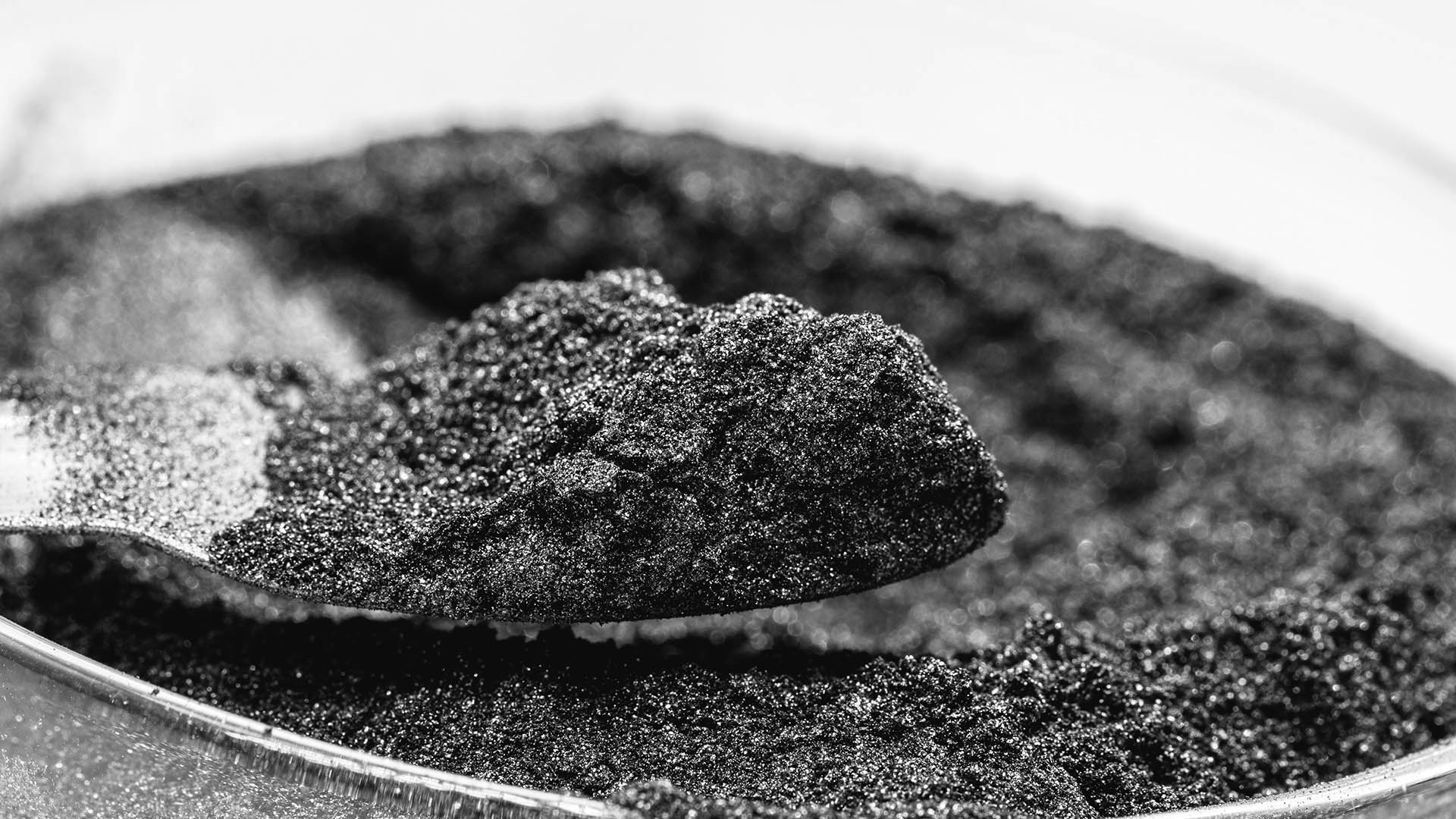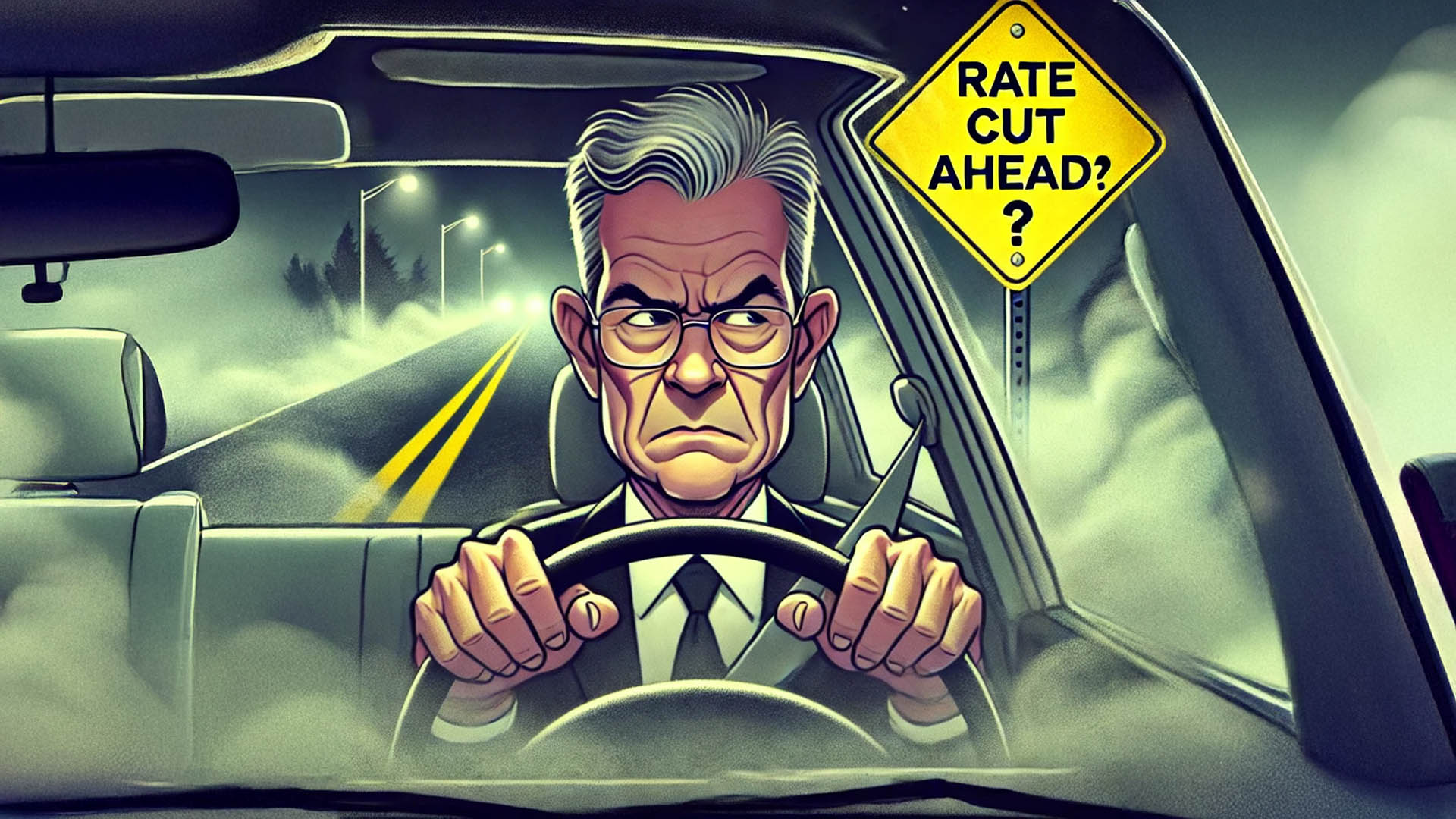In my The Money Café chat with James Kirby this week we were moaning about all the uncertainty and instability in Europe and America and I observed: “Thank goodness Australia’s future is tied to a communist dictatorship. Stability plus!”
I mean it. Imagine if a third of our exports went to Europe or the United States instead of China – we’d be quite worried at the moment, and rightly so.
As it is China is not only an island of political stability, it’s also presenting as a beacon of economic sense. President Xi Jinping succeeded in getting the jump on Donald Trump at Davos last month with his (rather hypocritical) speech about the marvels of free trade and globalisation.
He even said China would “keep its doors wide open”, which Mr Trump would describe as fake news, if he’d been paying attention, since China runs one of the most restrictive investment regimes in the world.
But as we are learning, politics is more about what you say rather than what you do (just ask Malcolm Turnbull, who managed to dominate the week’s political agenda simply by raising his voice and calling Bill Shorten names. Easy!)
By dumping the Trans Pacific Partnership, Donald Trump has created a vacuum for China to slip into, and to drive that point home, the day after Trump announced the TPP withdrawal, the Asian Infrastructure Investment Bank announced that 25 new members would be joining this year, including Canada (Australia has already joined) taking total membership to an impressive 82.
The AIIB was set up by China as part of Xi Jinping’s plan to Make China Great Again – specifically as the financing vehicle for China’s “One Belt One Road” grand plan to revive the Silk Road.
In 2015-16, direct investments along the Belt and Road totalled US$30 billion. Chinese construction firms have signed contracts totalling US$189 billion and have already earned revenues of US$145 billion in 60 or so countries, according to Tom Miller writing in GaveKal Research.
Important pieces of the Belt and Road initiative are well advanced, such as overland freight routes from China to Europe. In January, the first direct train to the UK arrived in London, carrying 44 containers of clothes and consumer goods. It took 15 days to travel 12,000 km across 10 countries, halving the time it would have taken by sea. Last year 1,702 freight trains from China arrived in Europe, double the number in 2015.
The China-Pakistan Economic Corridor—an expensive bunch of infrastructure projects that include a highway, railway and pipeline linking western China to the Arabian Sea—is also making headway. Gwadar Port, the gateway to the corridor, opened in November after being upgraded at a cost of US$1.6bn.
Here is a map of all the connections planned:
.jpg)
The “belt” refers to the land connections, mainly from China to Europe and Russia but also through Pakistan to the Arabian Sea and through South East Asia. The “road” actually refers to the blue dotted lines – the maritime “Silk Road” – that is, shipping lanes and ports, from China to Venice.
It all covers 65% of the world’s population and a third of global GDP. McKinsey & Co says it, “has the potential to be perhaps the world’s largest platform for regional collaboration” and will transform global trade.
Leigh Jasper, the CEO of Aconex, says: “I can’t think of any infrastructure program globally that has ever been as big. It’s going to have a massive impact. You go back to things like the Panama Canal and Suez Canal and from the point of view of world trade [this] is the biggest infrastructure stimulus ever.”
It’s one reason to be relatively optimistic about Australia’s future, whatever happens in Europe and America this year.
To see more of Alan Kohler visit The Constant Investor for his Weekly Overview, exclusive stock tips, investment ideas, podcasts and much more. Click here to learn more.













